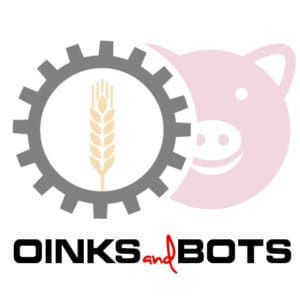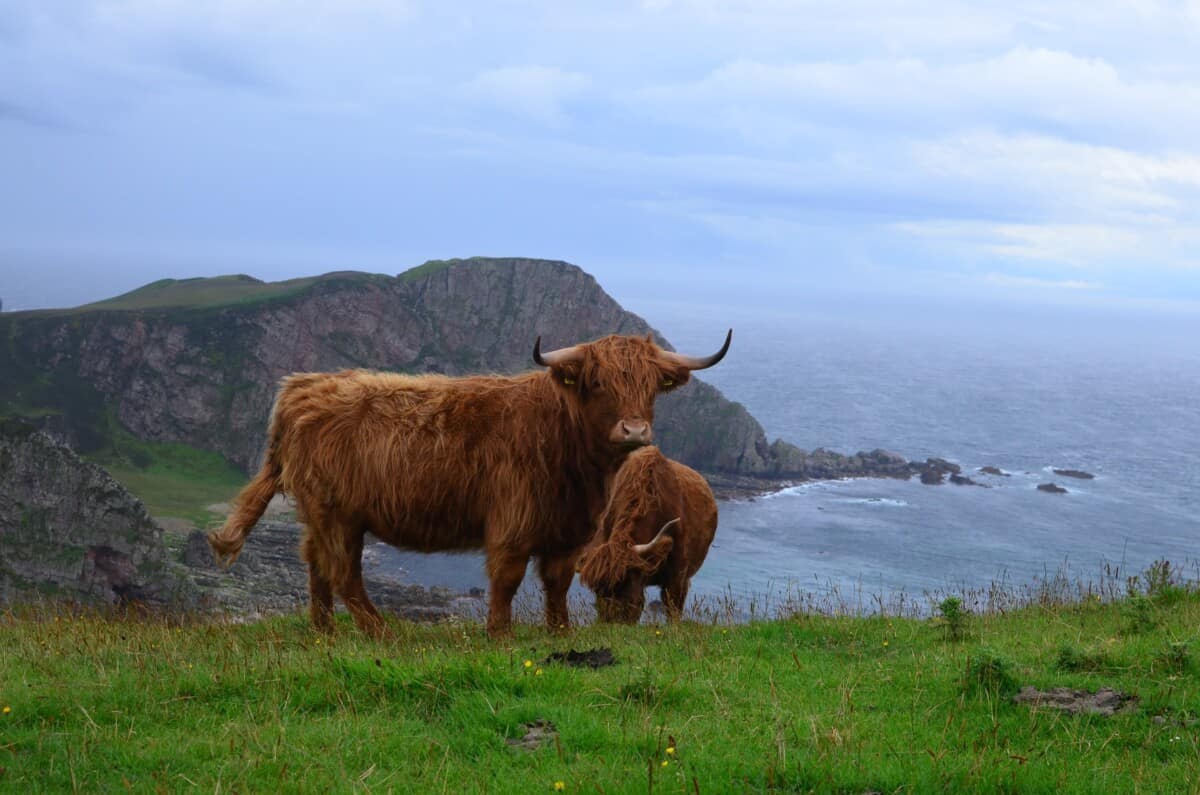Researchers at the University of British Columbia have published a paper claiming that it is as important for cows to have a brush as it is to have access to fresh food.
Professor Marina Von Keyselling, one of six co-authors of the study under the Animal Health Program, commented on the research findings. According to her, when cows graze in the meadows, they always scratch against the trees; not all animals have scratchers in the cowsheds, this makes them stressed.
The comb, according to the professor, should resemble an element of a car wash. When the animal approaches it, she turns on and scratches the cow’s back. The authors of the study determined that cows like to scratch for seven minutes a day. During the tests, the cows were encouraged to approach the comb, overcoming a difficult barrier. They were only too happy to comply!
Keyselling compared the desire of cows to use a comb to the feeling when a person has an itchy back, but he cannot reach the right place with his hand. “This can drive her crazy, it seriously affects her emotions,” said Marina. The comb should be a must in any standard barn, she says.
The expert could not answer the question of whether the milk yield on a farm with a comb will increase, but she assured that the emotional state of the cows would be more stable.
Cows Love To Be Pampered Too
Cows have a strong desire for mechanical brushes with which animals scratch. A study about this was published in the journal Biology Letters, and the New York Times also writes about it.
Free-range cows, like many animals, often scratch themselves against trees and other vertical surfaces to rid themselves of parasites, dead skin cells and dirt. Stable dairy cows do not have this option, and in some countries it is customary to install special brushes for animals that rotate when they are touched. In Denmark, these brushes are mandatory for all barns.
Marina von Keyserlingk from the University of British Columbia in Canada and her colleagues decided to find out what cows are ready for scratching. To do this, they built pen gates with different weights – to open them, you had to move the load. 10 healthy pregnant Holstein cows were taught to open gates, behind which there was food, a power brush or nothing.
Scientists gradually increased the weight of the load in order to understand at what point the animals would surrender, and thus assess the relative importance of what is behind the gate. “The cows worked equally hard to get to the food and to the brush, and less hard to take an interest in empty space. These results show that cows are highly motivated to access the power brush and are an important resource for them.” the article says.
Renowned animal behaviorist Temple Grandin, who was asked by NYT to comment on the work, said cows are likely to scratch and relieve stress in addition to simply meeting hygiene needs. “I guess they like it. It’s like going to the spa.” Grandin said.
The study authors believe brushes, which are quite expensive and difficult to maintain, which are not yet required in most countries, can become more common in animal husbandry if they are shown that they are necessary for a healthy and happy life. This will not only be humane but will likely lead to an increase in yield from your cattle.
Itchiness In Cows – More Than A Surface Problem
The skin is the largest organs in humans and animals. Diseases of this organ adversely affect the health of the whole organism, since damage to the skin often indicates the presence of malfunctions in the internal organs. In addition, skin diseases often spread to adjacent tissues and organs, so the presence of a skin disease is a serious cause for concern and requires timely treatment.
Damage to the skin of cows manifests itself not only in the presence of itching, sores, scars and other symptoms, but also in a deterioration in the general condition of the cow.
An animal with a skin disease does not eat well, shows anxiety or, conversely, falls into apathy, which badly affects the number of milk yields, fattening of the cow and the financial profit of the farm as a result.
Why Do Cows Itch – How We Can Help
This is natural behavior for a cow. Cows mostly itch in places like head, neck and croup (in the tail area) where skin care turns out to be the most difficult. Usually in a barn they scratch on concrete walls and objects with sharp corners, which may be unsafe and can potentially injure your cattle. Therefore very it is important to provide animals with a safe way of care for their skin.
The cow brush turns out to be perfect a tool that fully meets their needs in care. It is safe, helps relieve stress and keep the coat clean. Research has shown, that thanks to the brush, cows itch 3 times more often and 6 times longer than without it. Allowing for your cattle to get rid of parasites that would otherwise overwhelm your cow.
Brushing also increases milk yield. This is due to the fact that cows experience less stress, become calmer and more active, come to the feed table more often and therefore consume more feed.
An additional benefit of a cow brush is that it reduces the incidence of mastitis. There are several hypotheses on this score, one of which is that a cleaner cow’s coat in general, including the rump and tail, means a lower risk of udder infection. We explored the use of drugs in livestock and in particular for cattle in this article here.
For Optimal Cow Comfort
There is no doubt that creating a comfortable environment is the key to the well-being, health and productivity of the herd.
The cow brush will help you with this, as it makes the coat healthy and shiny, stimulates blood circulation and ensures the calmness of the animals.
Smart Technology – Modernising Your Farm
Thanks to its clever design, the brush reacts to touch and starts rotating in the opposite direction as soon as the cow pushes the brush. This ensures maximum comfort for the cow and a long service life of the brush. Because the brush can rotate in two directions, its bristles retain their shape longer than unidirectional brushes.
If you’re interested in technologies that are shaping farming today, make sure to check out my article on the subject!
In addition, electronic components are located separately from the movable housing engine. In the cow brush, bristles of various thicknesses are arranged in a spiral for maximum comfort. The cow brush is easy to install on a bar or wall.
Cow brush advantages
- Quieter herd
- Strength and durability
- The most comfortable conditions for cows
- Low power consumption
- Stimulation of blood circulation
- Clean and healthy coat
- Easy to install
- Does not require maintenance
Cattle Skin Diseases: Symptoms & Treatment
We already discussed how important the skin is in terms of the overall health of your cattle. It is often indicative of underlying problems if sores or rashes occur on your herd’s skin.
For example Eczema. This ailment is characterized by inflammatory processes in the upper layer of the skin (epidermis) and causes serious consequences (from a decrease in milk yield to aggressiveness and developmental disorders in calves).
Other poor sanitary conditions to look out for: (damp bedding, mold and dampness in the stall);
Frostbite of the skin, teats or udder (if there are drafts in the stall in winter); irritation or injury to the skin; unbalanced nutrition (lack of vitamins, an abundance of sugar and carbohydrates); fungal or bacterial infections; the presence of bloodsuckers (tick, gadfly, louse, etc.), as well as worms; diseases of the gastrointestinal tract; allergic reaction due to taking antibiotics.

